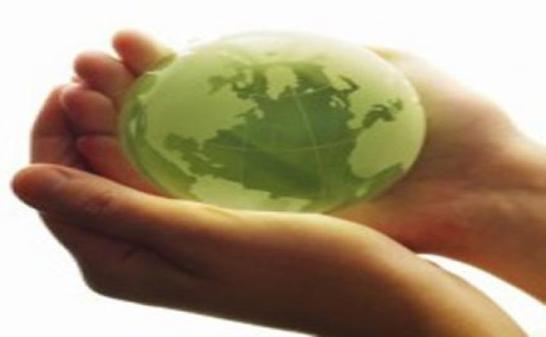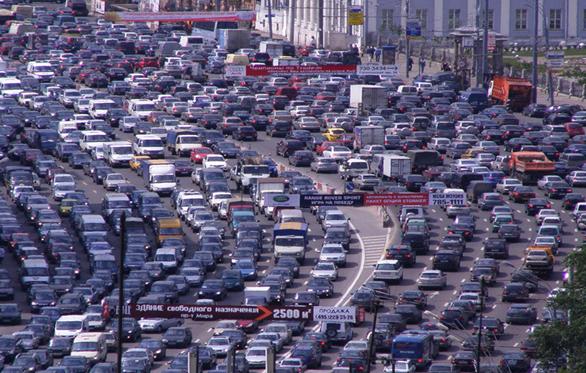UNIT1. THE ENVIRONMENTAL PROBLEMS

TEXT1. ENVIRONMENTAL PICTURE AROUND THE WORLD
The scientific and technological progress of the past century resulted in widespread mechanization, computerized management, atomic plants and in a number of other things that help us to make our lives better so that we can enjoy more spare time.
On the other hand some people barely understand that human¬kind has been approaching catastrophe since the beginning of industrialization. Nowadays the most vital problems are: population growth, global warming, depletion of the ozone layer, air pollution, water pollution, groundwater depletion, habitat destruction and species extinction, chemical risks, energy production.
In November 1992 a document entitled Warning to Humanity was released. This alarm was signed by 1500 scientists from around the world including 99 Nobel laureates, a dozen national academies of science, the Pontifical Academy of Science, and the director general of the United Nations Educational, Scientific and Cultural Organization (UNESCO). The document was bold and clear stating that "human beings and the natural world are on a collision course" which "may so alter the living world that it will be unable to sustain life in the manner that we know".
The environment faces a lot of serious problems. Destruction of the world's rainforests, global warming and the depletion of the ozone layer are just some of them and they will reach critical proportions in the coming decades. Their rates will be directly affected by the size of the human population.
Human population growth may seem to be at the root of virtually all of the world's environmental problems. As the number of people increases more pollution is generated, more habitats are destroyed and more natural resources are used up. Even if new technological advances were able to cut in half the environmental impact that each person had, as soon as the world's population size doubles, the earth will be no better off than before.
Within the last century the amount of carbon dioxide in the atmosphere has increased dramatically, largely because of the practice of burning fossil fuels – coal and petroleum and its derivatives. Global temperature has also increased 1° С within the past century. Atmospheric scientists have now concluded that at least half of that increase can be attributed to human activity and they have predicted that unless urgent action is taken, temperature will continue to rise dramatically.

The ozone layer serves to shield the earth from the sun's harmful ultraviolet rays. In the 1970s, scientists discovered that the layer was being attacked by chlorofluorocarbons (CFCs), chemicals used in refrigeration, air-conditioning systems, cleaning solvents and aerosol sprays. CFCs release chlorine into the atmosphere; chlorine, in turn, breaks ozone down into its constituent parts of oxygen. Because chlorine is not affected by its interaction with ozone each chlorine molecule has the ability to destroy a large amount of ozone for an extended period of time. The consequences of the depletion of the ozone layer are dramatic. Increased ultraviolet radiation will lead to a growing number of skin cancers and cataracts and also reduce the ability of people's immune systems to respond to infection. Additionally the growth rates of the world's oceanic plankton, the base of most marine food chains, will be negatively affected, perhaps leading to increased atmospheric carbon dioxide and thus to global warming. Even if the manufacture of CFCs was immediately banned, the chlorine already released into the atmosphere would continue to destroy the ozone layer for many decades.
The car is another health hazard, because exhaust fumes from automobiles are the biggest source of air pollution.

To begin with plastic materials which are now quickly replacing metals in car production release toxic gases when burned. Car tires are produced from synthetic rubber which is very difficult to recycle and that is why they are simply dumped into rivers. Car air conditioners use about 30 % of all chlorofluorocarbons which are known to attack the ozone layer. As a result ultra violate light burns plants and causes skin cancer. This chemical is also used to make auto interiors and exteriors. Then it should be noted that in the process of oil pumping huge amounts of water are used. Besides solvents used in car production contaminate groundwater and toxic tar contains cadmium and mercury which together with salt and carcinogenic herbicides kill fish and destroy aquatic life, and cause cancer.
Suspended particulate pollution causes acute changes in lung function, respiratory illnesses, heart disease and aggravation of asthma and bronchitis. During major pollution events, when particulate levels in the air increase up to 200 micrograms of particulate matter per cubic meter, daily mortality rates could increase as much as 20 per cent.
Such chemicals as sulphur and nitrogen oxides contribute to acid rains. Acid falls down to earth as rain and snow. Black snow, as acid as vinegar, fell in Scotland in 1984. Acid rain emerged as a concern in the 1960s with observations of dying lakes and forest damage in Northern Europe, the United States and Canada. It was one of the first environmental issues to demonstrate how the chief pollutants – oxides of sulphur and nitrogen – can be carried hundreds of miles by winds before being washed out of the atmosphere in rain, snow and fog.
So to our regret the environmental picture on is rather sad. If we don't unite our efforts in solving the mentioned problems the damage to the environment may become irreversible.
Ex.1. Answer the following questions:
- What vital problems concerning the environment are we facing now?
- What can you say about the document entitled "Warning to Humanity"?
- How does human population growth affect the environment?
- What frightening changes is the environment facing now?
- What causes the depletion of the ozone layer and why is it a dangerous process?
- Why does the author call the car a health hazard?
- What can you say about acid rains?
- Do you share the author's pessimistic view of the present condition of the environment?
Ex.2. Give Russian equivalents for the following:
Human beings and the natural world are on a collision course; to sustain life; technological advances; the amount of carbon dioxide has increased dramatically; to shield the earth from ultraviolet rays; reduce the ability of the immune system to respond to infection; growth rate; exhaust fumes; respiratory illness; suspended particulate pollution; daily mortality rates.